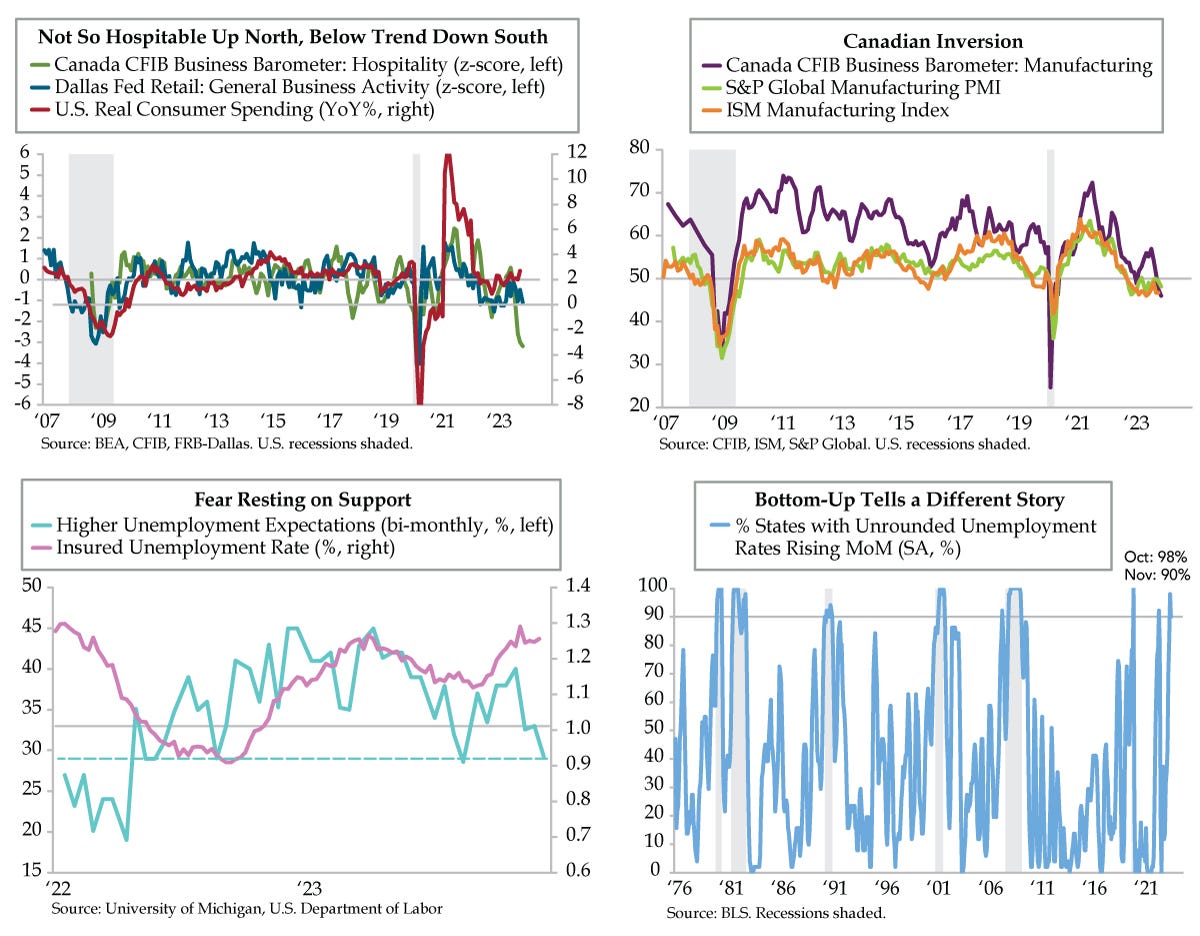As recounted by Reader’s Digest Canada, on February 3, 1947, Wilfred Blezard, a former Canadian soldier and weather technician stationed at Snag Airport, a little less than 20 miles from the Alaska-Yukon border, recorded a record-breaking -81.4 degrees Fahrenheit. Snag Airport was part of the Northwest Staging Route of emergency landing strips and observation stations established during World War II to facilitate travel from Alaska and the Yukon to Central Canada and the United States. Along with the officer in charge, Gord Toole, Blezard held the distinguished role of recording the coldest day in Canada’s history. According to astronomers, on that day, Snag was colder than the average surface temperature of Mars. So frigid was it, the tiny sliding scale inside the glass thermometer column had fallen into the bulb at the end, sub the lowest -80 degrees F on the gauge. It wasn’t until three months later, after a Toronto laboratory re-calibrated the device for the weather service, that the -81.4 entered the record books.
Because the reading was off the scale, thermometer redesigns stretched to a new low of -94 degrees F (or -70 degrees C). This December, a different Canadian reading dropped off the scale: The Canadian Federation of Independent Business (CFIB) small business report revealed a decidedly inhospitable future expectations read for hospitality. The pandemic aside, this month’s 38.9 was the lowest temperature ever recorded since CFIB’s 2000 inception. The recent run has been wretched.




